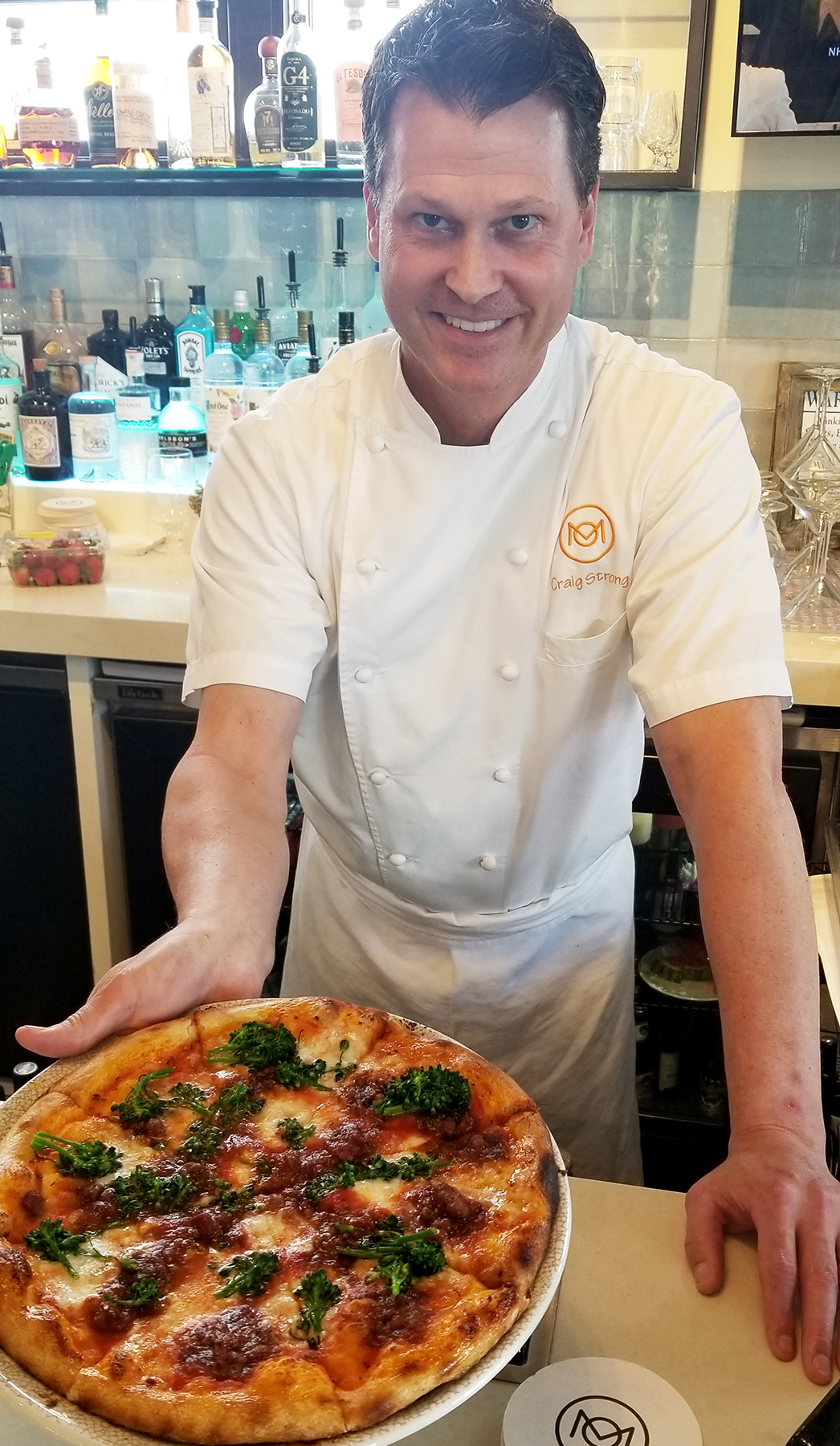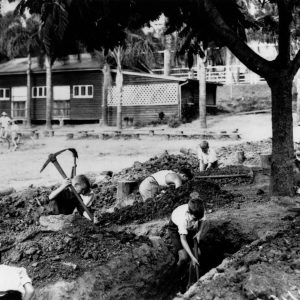
Southern Foodways: A Culinary Conversation with 3 Beloved Chefs
The South. A region steeped in history, brimming with vibrant culture, and, most importantly, overflowing with culinary treasures. Its foodways, a complex tapestry woven from indigenous ingredients, African influences, European traditions, and generations of innovation, tell a story as rich and layered as its history. To delve into this delicious narrative, we gathered three celebrated Southern chefs – each with a unique perspective and approach – for an illuminating conversation.
Chef Vivian Howard: A Celebration of Place
Chef Vivian Howard, the force behind the acclaimed Chef & The Farmer restaurant in Kinston, North Carolina, embodies the spirit of regionalism. Her food is a love letter to her Eastern North Carolina roots, showcasing the humble ingredients of her community with remarkable skill and respect. For Chef Howard, Southern food isn’t just about recipes; it’s about preserving traditions, celebrating the farmers who cultivate the land, and sharing the stories embedded within each dish.
“My cooking is about showcasing the bounty of our land,” she explains. “It’s about preserving heirloom varieties, celebrating the farmers who work tirelessly, and passing along these culinary traditions to future generations.”
Her approach transcends simple recipes; it’s a philosophy rooted in community and sustainability. This is evident in her dedication to sourcing local ingredients, her commitment to showcasing lesser-known ingredients, and her focus on simple preparations that allow the natural flavors of the ingredients to shine.
Chef Mashama Bailey: A Fusion of Cultures
Chef Mashama Bailey, the visionary behind The Grey in Savannah, Georgia, brings a distinctly modern and layered perspective to Southern food. Her restaurant, housed in a former Greyhound bus terminal, serves as a powerful symbol of the region’s complex racial history. Her menu masterfully blends traditional Southern flavors with influences from the African diaspora, creating a cuisine that is both familiar and utterly unique.
“Southern food is a story of resilience and adaptation,” Chef Bailey emphasizes. “It’s a story that must include all voices – the enslaved, the immigrants, the Indigenous peoples – to fully understand its richness and complexity.” Her dishes are a testament to this philosophy. They’re meticulously crafted, showcasing the artistry of Southern cooking while acknowledging and celebrating its diverse origins.
Chef Sean Brock: A Deep Dive into Appalachian Traditions
Chef Sean Brock, known for his deep exploration of Appalachian cuisine through his various restaurants, offers a profound understanding of the region’s unique culinary heritage. His dedication to historical accuracy, coupled with his relentless pursuit of authenticity, has revolutionized the understanding and appreciation of Appalachian foodways.
“Appalachian cuisine is often overlooked, but it’s incredibly rich and diverse,” Chef Brock states. “It’s a cuisine born from necessity and ingenuity, shaped by the land and the people who inhabit it.” His commitment to uncovering and preserving heirloom seeds, forgotten recipes, and traditional techniques has breathed new life into a culinary tradition that was often marginalized.
| Chef | Defining Characteristic | Key Ingredient Focus | Culinary Philosophy |
|---|---|---|---|
| Vivian Howard | Regionalism, Sustainability | Seasonal Produce, Heirlooms | Celebrating place and tradition |
| Mashama Bailey | Cultural Fusion, History | African Diaspora Ingredients | A multi-vocal Southern culinary narrative |
| Sean Brock | Appalachian Tradition, History | Heirloom Grains, Preserves | Rediscovering and preserving Appalachian foodways |
A Shared Passion: The Future of Southern Foodways
Despite their distinct approaches, these three chefs share a common thread: a deep love and respect for Southern foodways. Their collective work transcends mere culinary artistry; it’s a commitment to preserving cultural heritage, fostering community, and shaping the future of Southern cuisine. Their innovative and thoughtful approaches ensure that Southern food continues to evolve, remaining both deeply rooted in its past and vibrantly relevant for generations to come. Their conversations remind us that Southern food is not simply a collection of recipes, but a living, breathing testament to a rich and complex history, one that deserves to be celebrated, understood, and shared.

Additional Information
Southern Foodways: A Deeper Dive into Culinary Conversation and Cultural Significance
A conversation with three beloved Southern chefs offers a fascinating glimpse into the region’s culinary landscape. However, to truly understand the significance of Southern foodways, we need to move beyond the anecdotal and delve into the historical, social, and economic forces shaping this unique culinary tradition. While the initial article likely highlighted specific dishes and techniques, this analysis will explore broader themes and implications.
1. The Plantation Legacy and its Culinary Echoes: Southern cuisine is inextricably linked to the institution of slavery. The forced migration of Africans to the Americas resulted in a fusion of culinary traditions, with enslaved people adapting European techniques and ingredients to create new dishes using readily available resources. Dishes like Hoppin’ John (black-eyed peas and rice), collard greens, and fried chicken are examples of this syncretism, representing both resilience and adaptation. Analyzing these dishes requires acknowledging their complex origins and the ongoing debates surrounding cultural appropriation and culinary authenticity. For example, the commercialization of soul food often overlooks the historical oppression from which it emerged.
2. Regional Variations and Microclimates: The South is not a culinary monolith. Significant differences exist between coastal cuisine (emphasizing seafood), Appalachian mountain food (relying on preserved foods and game), and the Lowcountry’s Gullah Geechee cuisine (a distinct tradition influenced by West African cooking). These variations reflect not only geographic factors like soil and climate but also unique cultural histories and immigrant influences. A detailed analysis might compare and contrast the use of specific ingredients (e.g., okra in the Lowcountry vs. tomatoes in the Piedmont) and cooking techniques across these regions, utilizing maps and statistical data on agricultural production to illustrate these differences.
3. The Evolution of Southern Foodways in the Modern Era: The post-Civil Rights era saw significant changes in Southern foodways. The rise of celebrity chefs and the farm-to-table movement have brought new attention to regional ingredients and traditional recipes. However, this evolution also presents challenges. The romanticization of the past can obscure the complex history of food production and its impact on marginalized communities. Furthermore, the rise of upscale Southern restaurants can inadvertently contribute to the commodification of Southern food, making it inaccessible to those who have historically depended upon it for sustenance. Case studies of specific restaurants – analyzing their sourcing practices, pricing strategies, and the representation of their workforce – can illuminate these evolving dynamics.
4. Sustainability and the Future of Southern Foodways: The Southern food system faces significant environmental challenges, including soil erosion, water pollution, and the impact of climate change. Understanding the sustainability of traditional farming practices and exploring innovative approaches to food production is crucial for the future of Southern cuisine. Research on sustainable agriculture in the South, including the adoption of techniques like cover cropping and crop rotation, could provide valuable insights. Furthermore, analyzing the impact of food deserts and food insecurity on access to healthy and affordable Southern food is vital for ensuring equitable access to nutritious and culturally relevant diets.
5. Beyond the Plate: The Social and Cultural Impact: Southern food is more than just a culinary experience; it’s integral to social gatherings, family traditions, and cultural identity. Analyzing the role of food in shaping community bonds, religious celebrations, and regional festivals can offer valuable insights into the social fabric of the South. This could involve examining the anthropological literature on food and culture in the South, and analyzing the economic impact of food-related tourism on local communities.
In conclusion, while a conversation with three chefs provides a valuable starting point for understanding Southern foodways, a deeper analysis requires a multidisciplinary approach, encompassing historical context, regional variations, environmental concerns, and social impact. By moving beyond the surface level, we can achieve a more nuanced and comprehensive understanding of this rich and complex culinary tradition.






